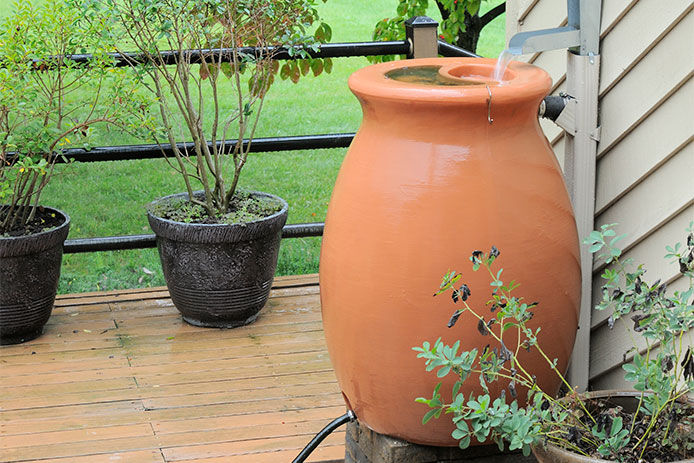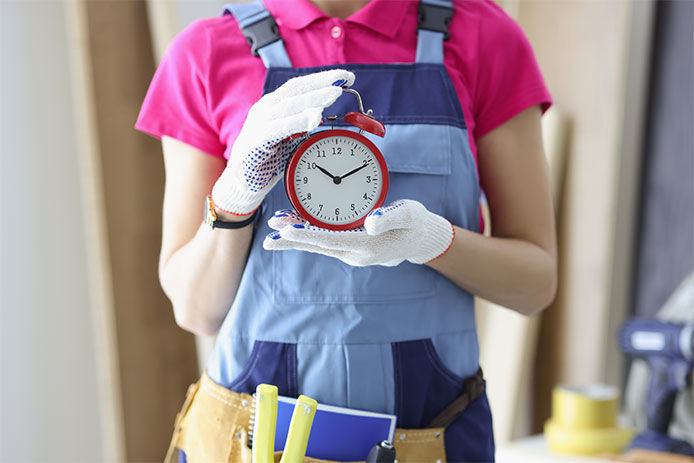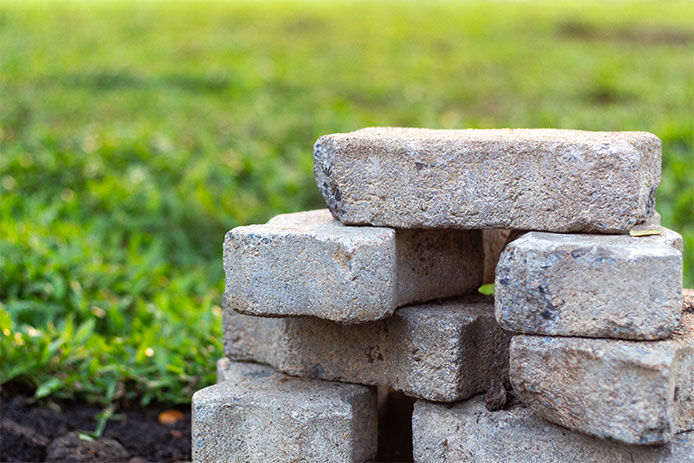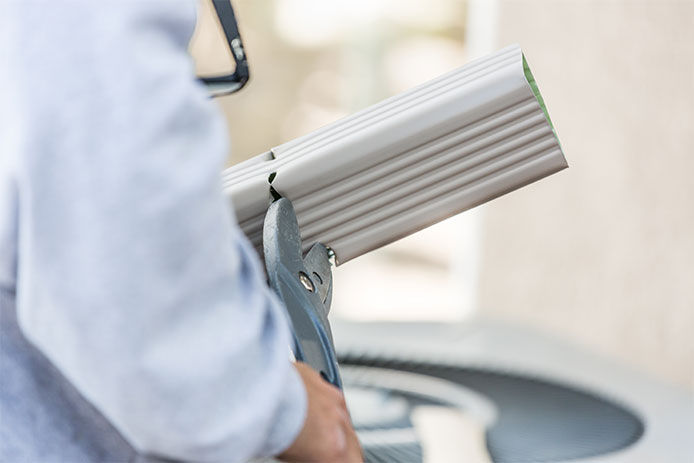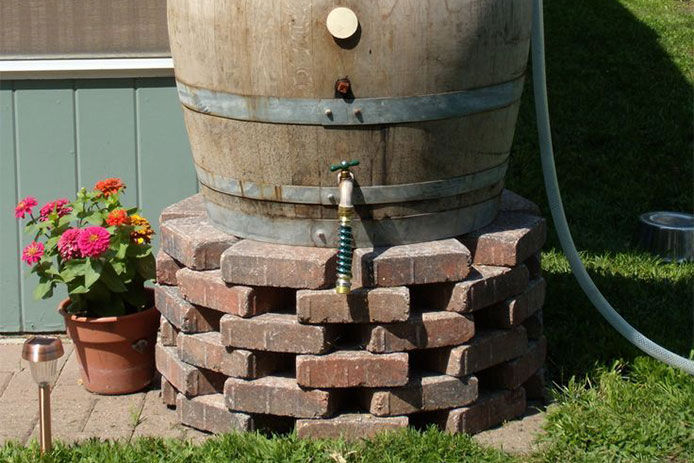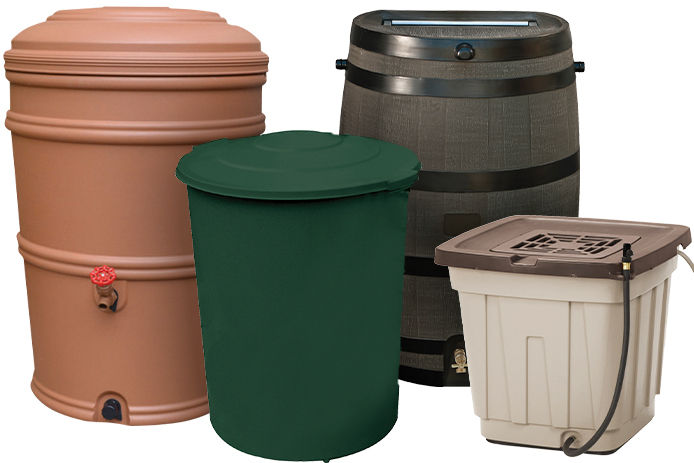Check out this helpful guide to save money by collecting rainwater this year
Tools Needed for Rain Barrel Installation
Before you start your DIY rain barrel installation, gather all the tools and supplies needed to properly set up your rain collecting station.
- A quality rain barrel (50 gallons is usually the best choice)
- Materials for your base (bricks, cinderblock, flagstone, or another durable material)
- Paver base, if using pavers, stones, brick, flagstone, or patio block
- A garden hose
- Handsaw or tin snips
- Protective work gloves
Because your rain barrel will be holding water, it's best to select a base material that offers some drainage. Pavers, flagstones, cinderblocks, and other water-friendly materials are a better choice than a wooden platform. You'll also want to avoid putting the rain barrel directly on your deck or porch to prevent wood rot from moisture accumulation beneath the barrel.

